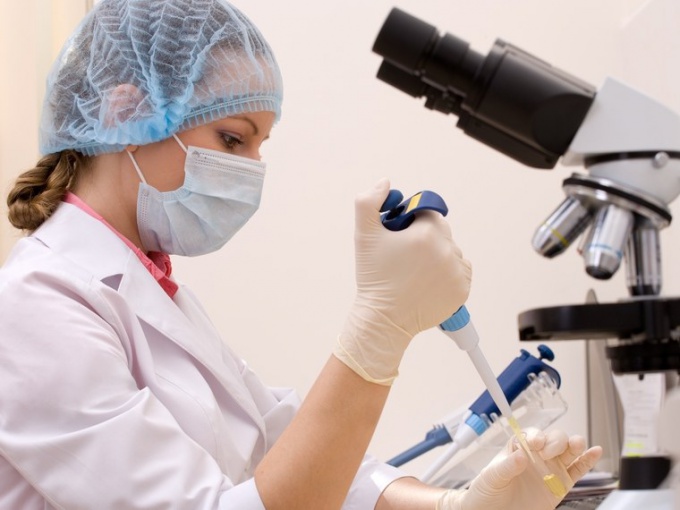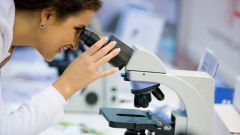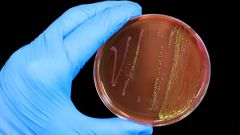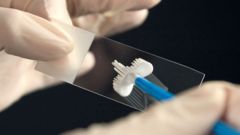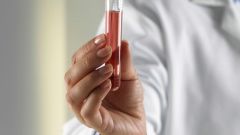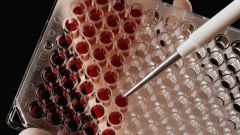Gynecological tests: smear flora and seeding of bacteria
The most popular analysis in gynecological smear on the flora or bacterioscopy. A swab is taken from three areas: the vagina, the cervix, the external opening of the urethra using a disposable spatula (a plastic wand with extended end). Material from each area is placed on a separate glass slide and then in the laboratory and examined under a microscope. The study determined the presence of pathogens (enterobacteria, diphtheroid, mycelium, Staphylococcus, Trichomonas, chlamydia, gonorrhea, and others).
The quality and result of the analysis is dependent on the correct sampling of material and skill of the technician.
Bacteriological examination may carry out the method of sowing. In this case, the growing bacteria on nutrient media. This method is much more efficient, thanks to him, the pathogen can be detected even at low concentrations. The method allows to count the number of agents to determine their sensitivity to antibiotics. Analysis for bacteriological examination are taken from the cervical canal with a special sterile swab. In the laboratory produce seeding of bacteria for this touch pad of nutrient medium (agar-agar or gelatin).
Why do DNA screening
The doctor may prescribe DNA-diagnostics, polymerase chain reactions (PCR). In this method, the research material reveals the DNA of the pathogen, which is all the information about the cell. DNA diagnostics can detect the infection, not detectable in smears (genital herpes, chlamydia, urea and mycoplasmosis). Material for DNA-diagnostics is taken from the cervical canal with a sterile disposable brush. Before taking the analysis a cotton swab make sure to remove the secretions and mucus. Despite the effectiveness of this method cannot be used to determine the quality of treatment.
It is undesirable to use a PCR method for diagnostics of gardnerellosis.
Serological method of diagnosis
In order to distinguish acute disease from an exacerbation of chronic infection, produce an additional method of diagnosis is detection of antibodies in the blood (or serological method). Often this analysis is prescribed to pregnant women to determine the probability of infecting the child upon detection of the pathogen by the method of DNA diagnostics. Also women are encouraged to donate blood for this analysis when planning a pregnancy.
For the unborn child, the most dangerous primary infection. During primary infection the body produces antibodies – immunoglobulins M. Their presence in the blood indicates the presence of a hidden disease that requires treatment. If the detected immunoglobulin G, then the body has already developed immunity against infections, treatment in this case is not required. The simultaneous presence in the blood of both types of antibodies indicates chronic infection, while assigned therapy is needed.
